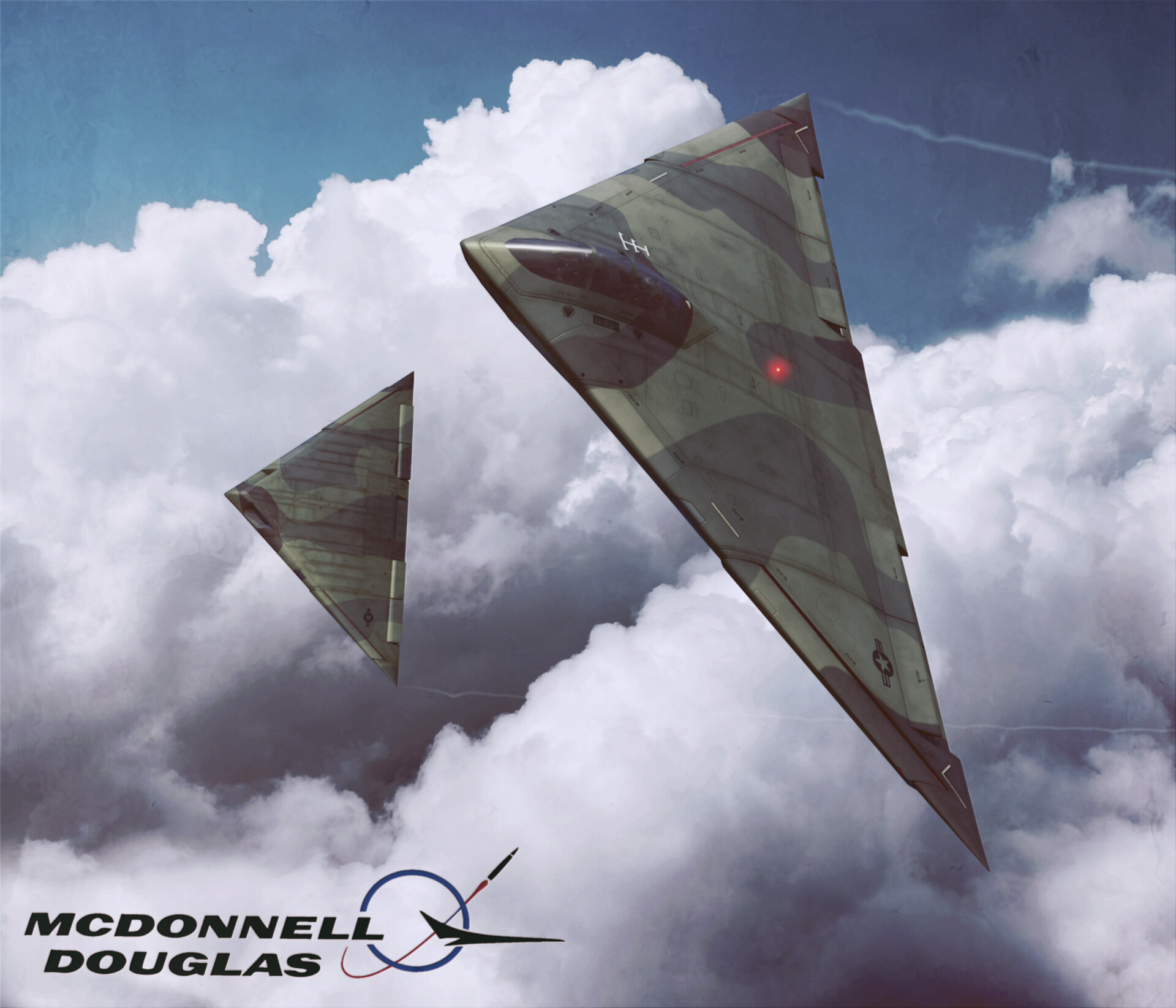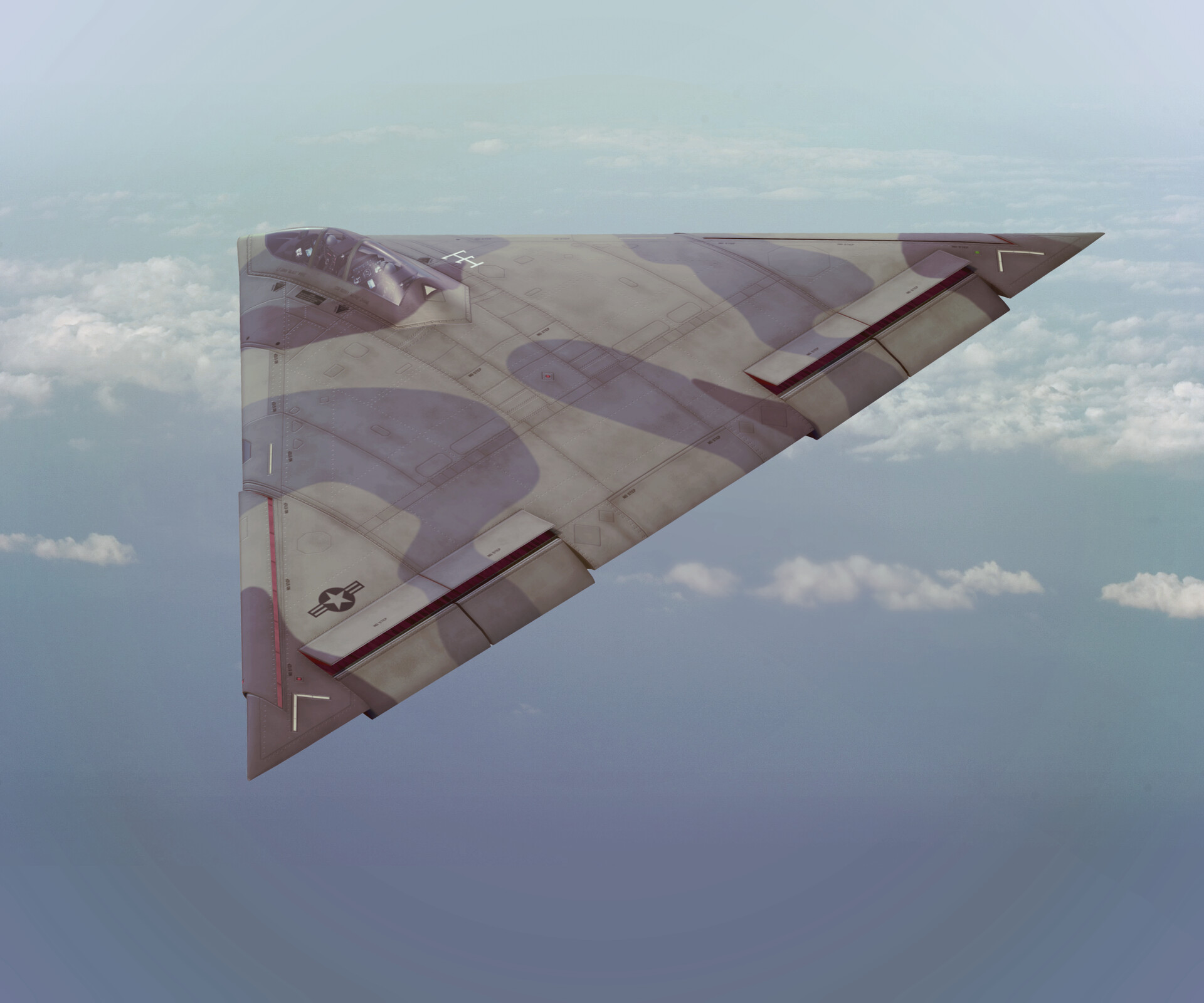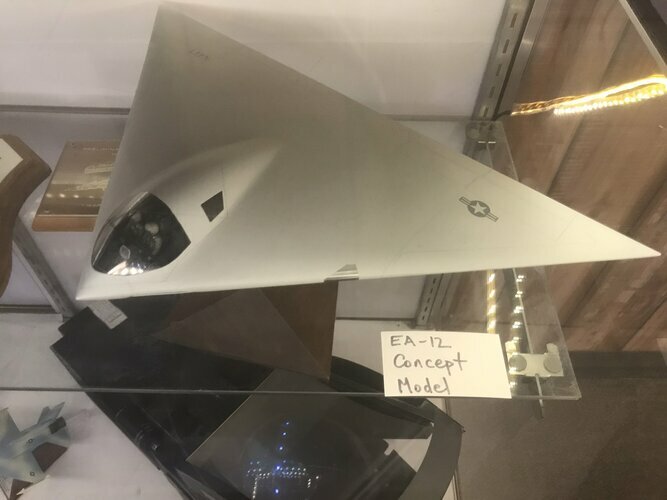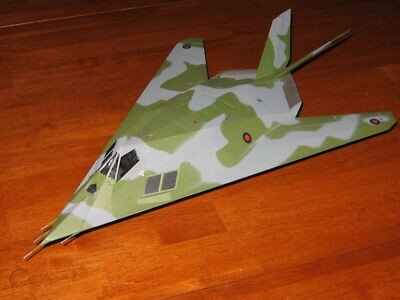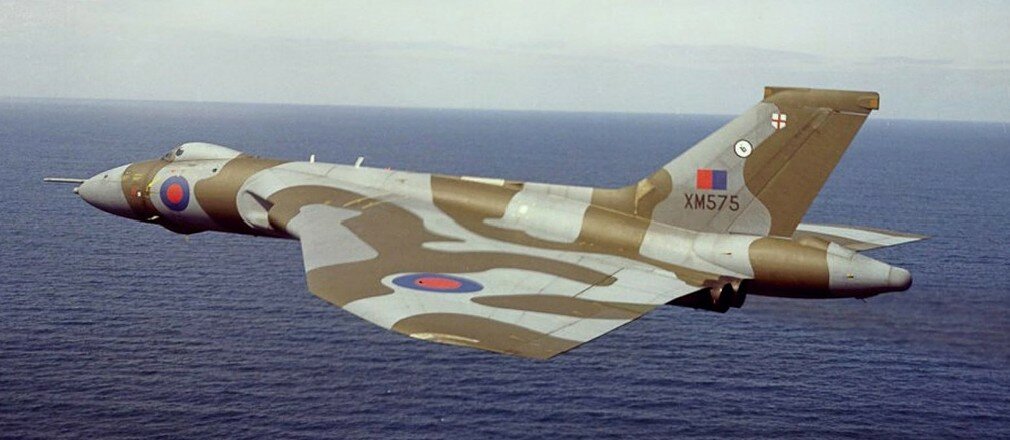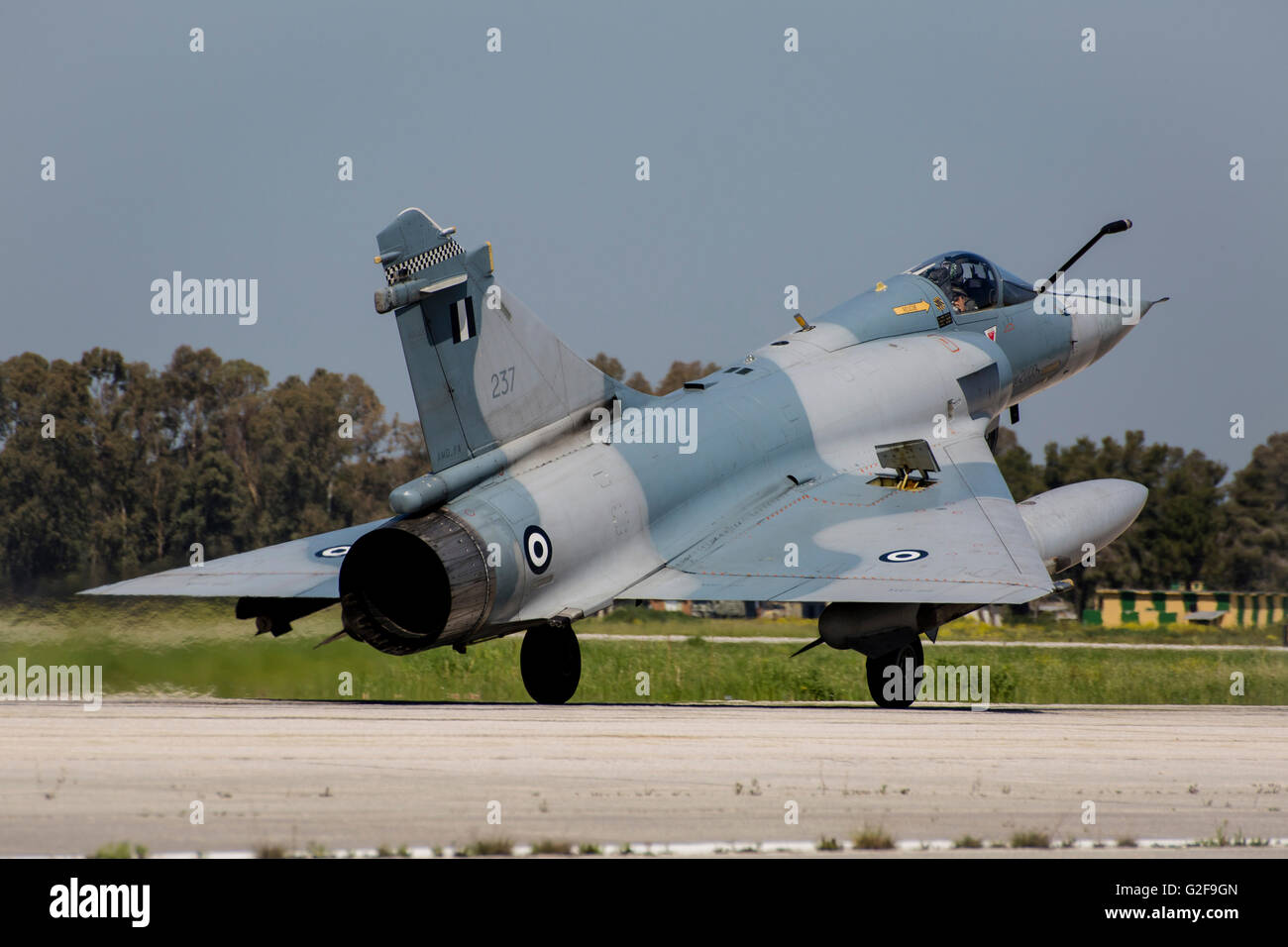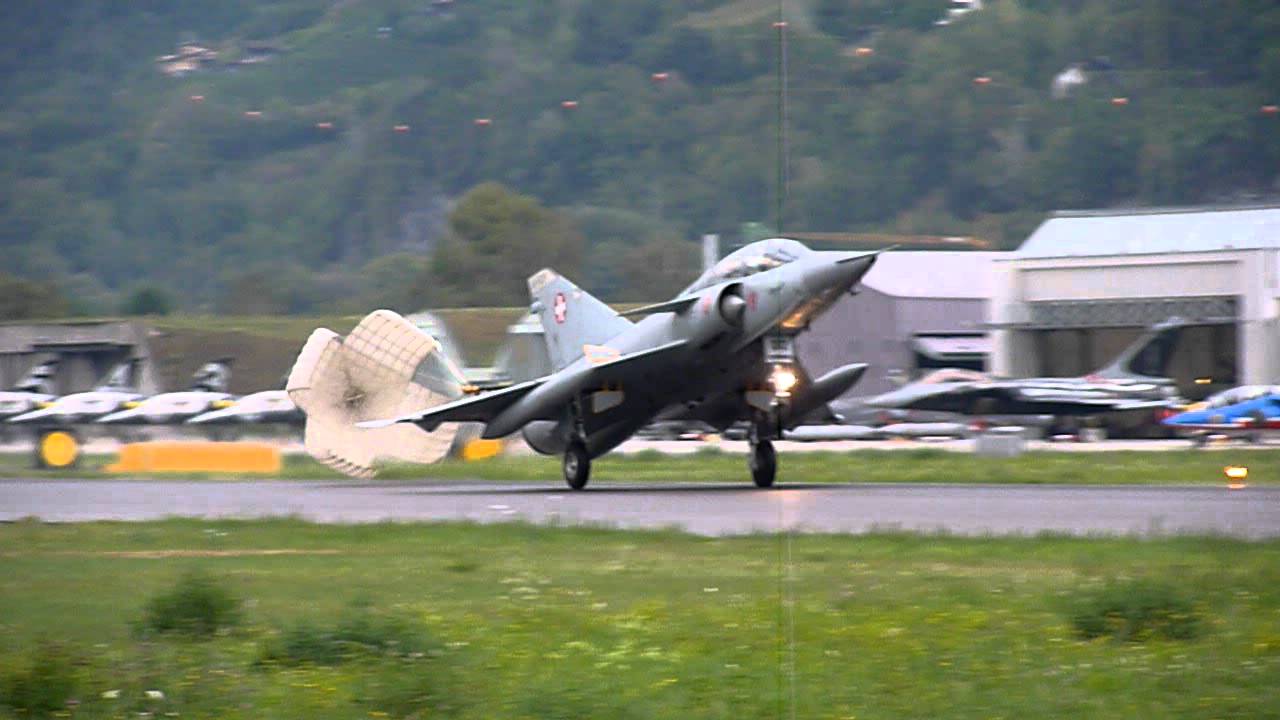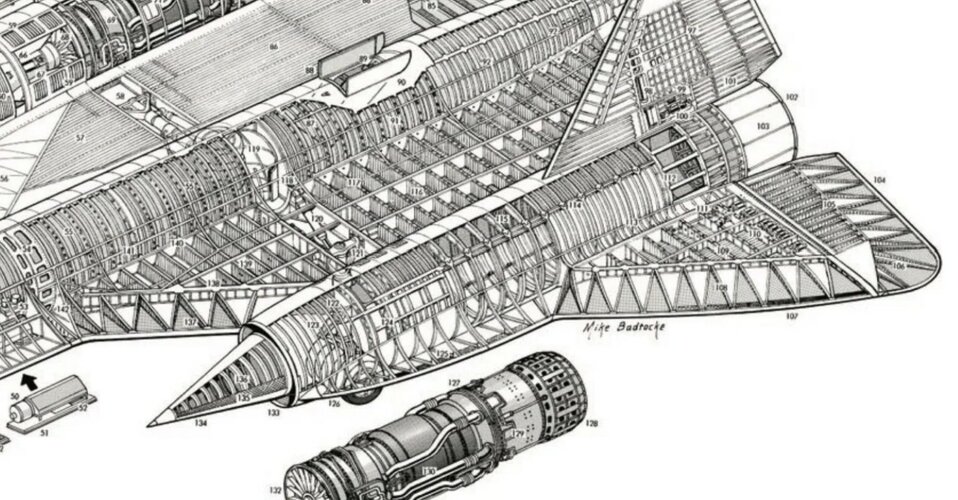The Wave
ACCESS: Restricted
Hello,
Here are some renderings of a model I was commissioned to create of McDonnell Douglas's never built A-12A Avenger II. While certain details may be of questionable accuracy such as the position of the forward formation lights on the underside, I spent a lot of time studying what few references I could find and basing as much as possible on the full-size mockup as well as the various desktop models.









All models and renderings of the A-12 depict it in a light gray US Navy livery, but as this is a 3D model I decided it would be fun to see what such a plane would have looked like in European One camouflage seeing as the F-117 and Have Blue had camouflage liveries.


Here are some renderings of a model I was commissioned to create of McDonnell Douglas's never built A-12A Avenger II. While certain details may be of questionable accuracy such as the position of the forward formation lights on the underside, I spent a lot of time studying what few references I could find and basing as much as possible on the full-size mockup as well as the various desktop models.
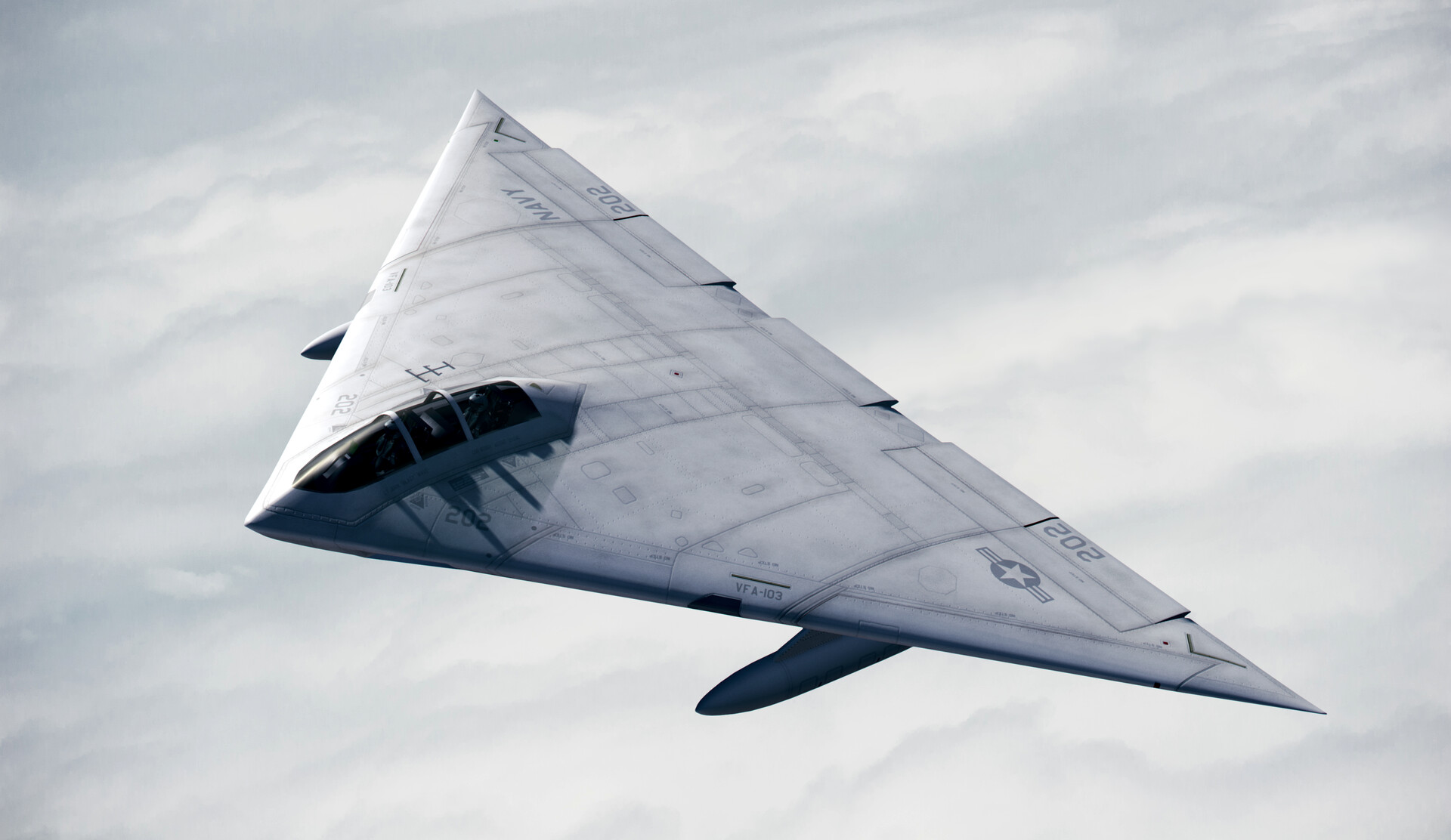
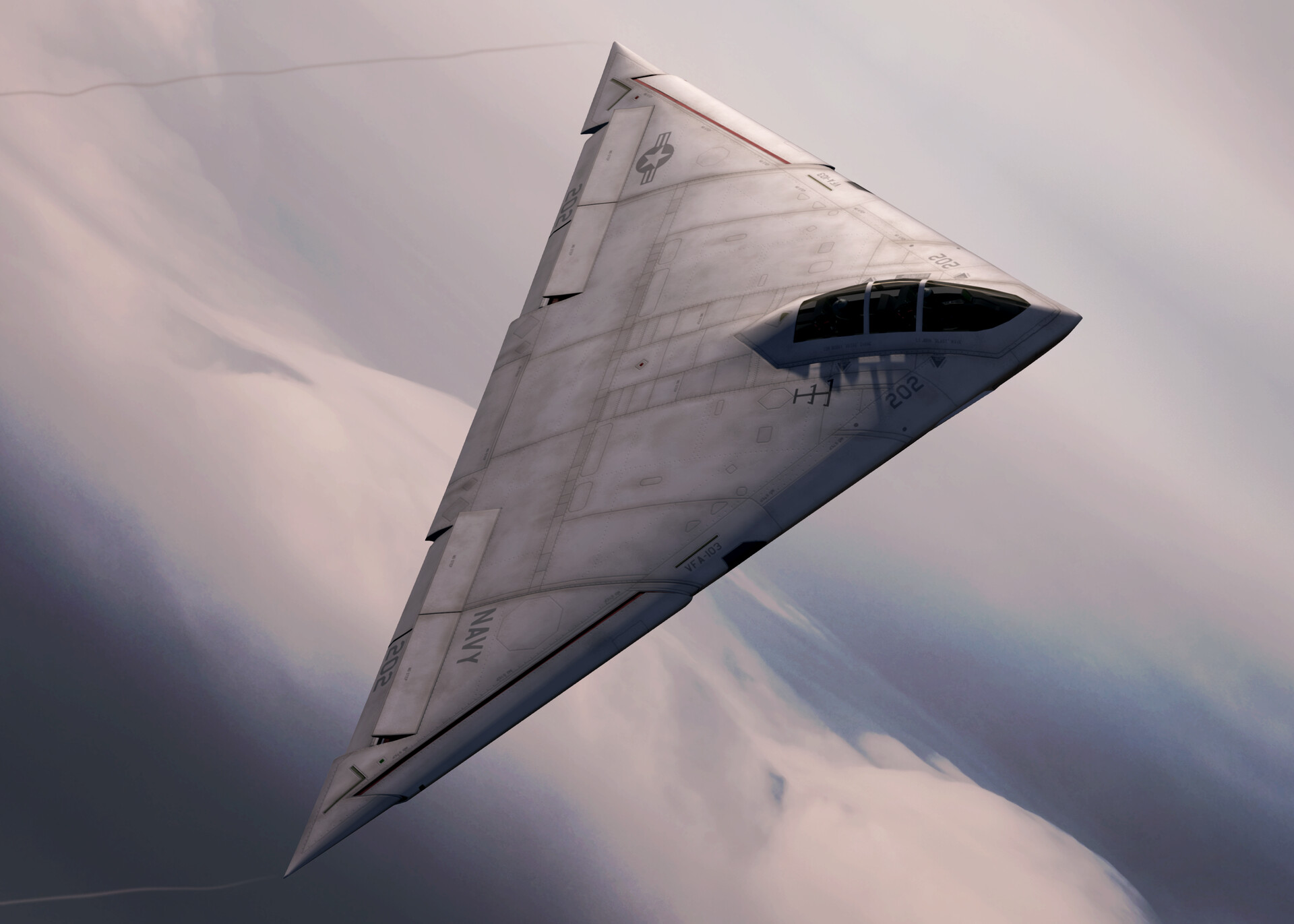
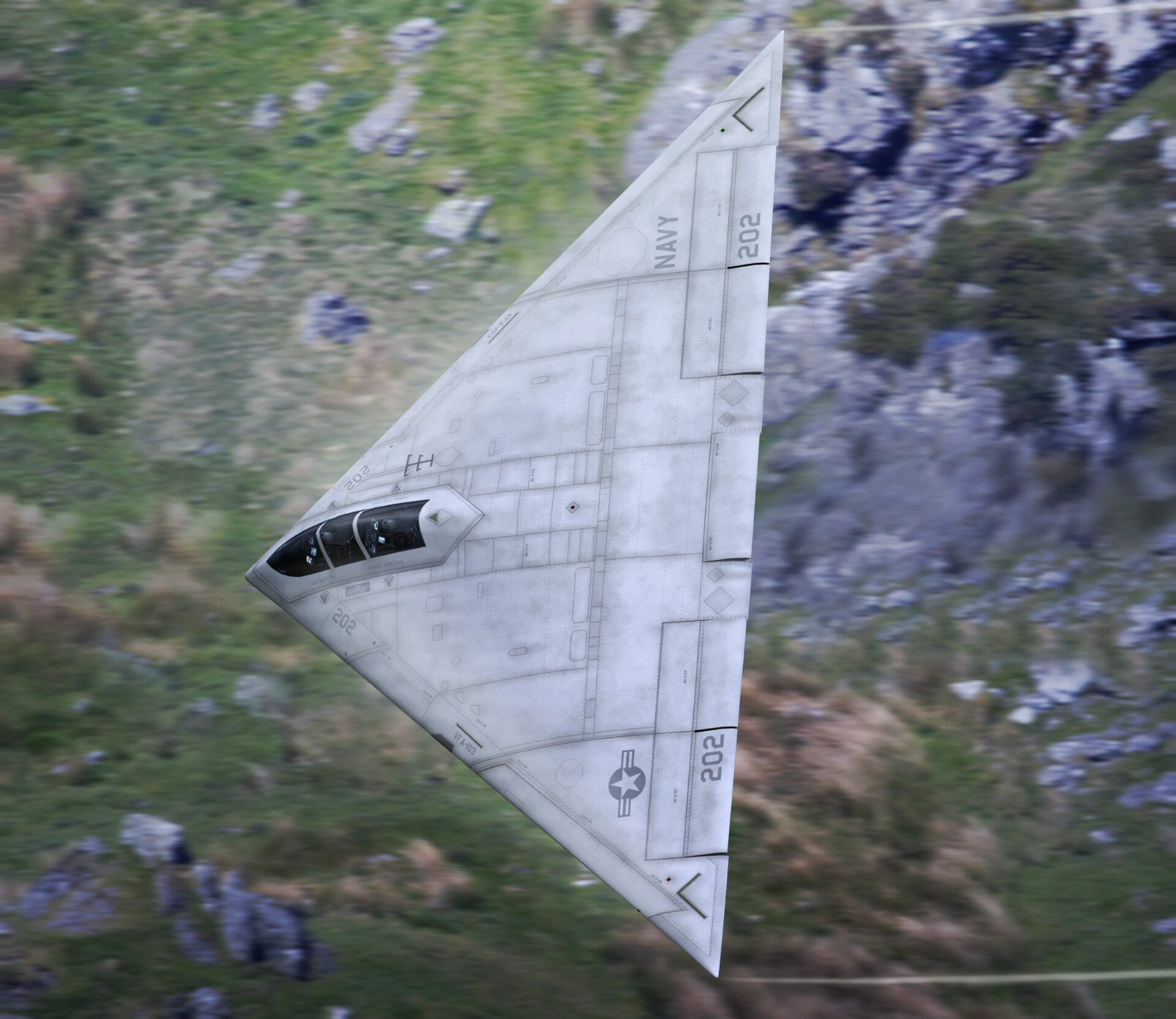
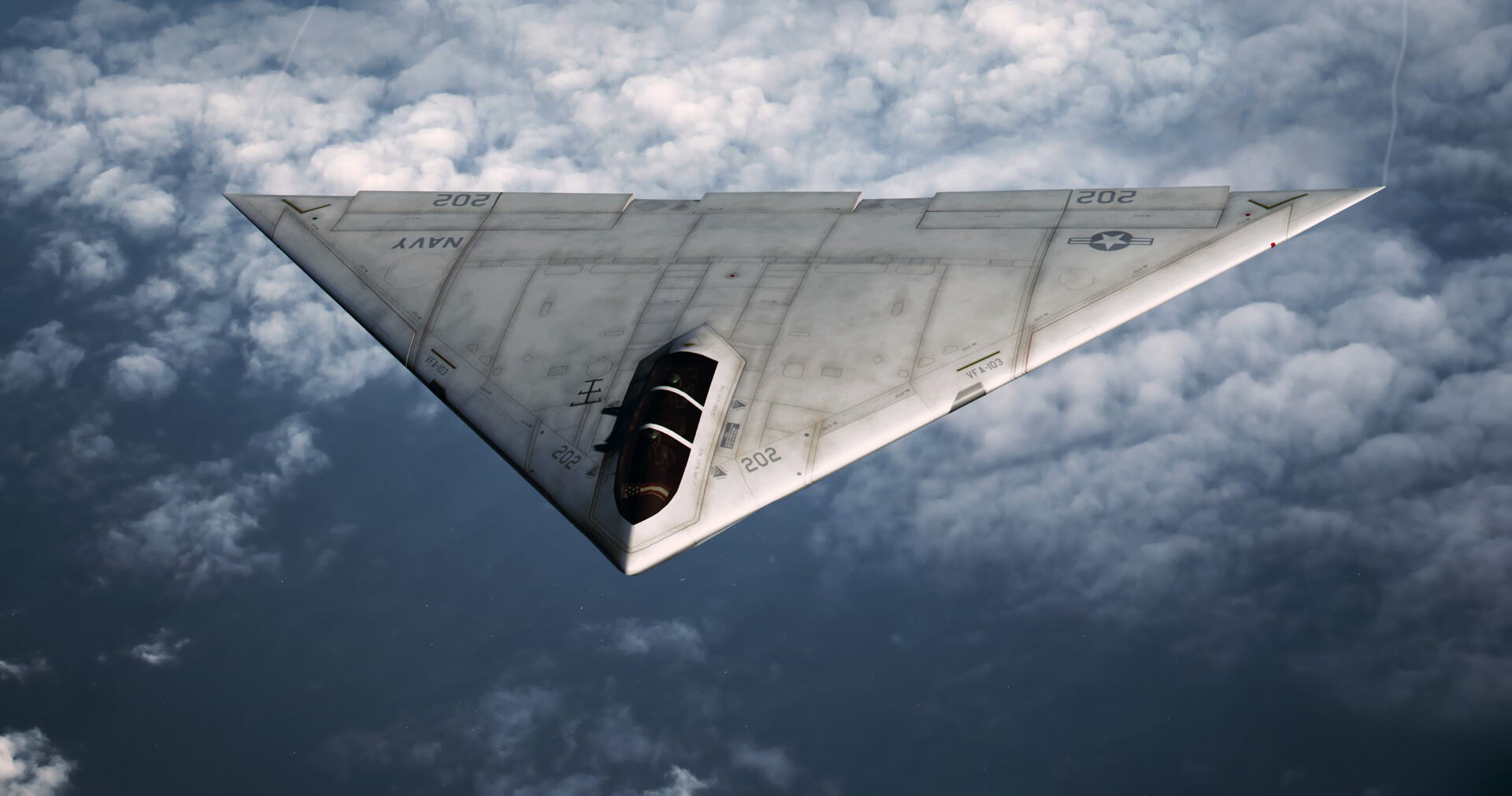
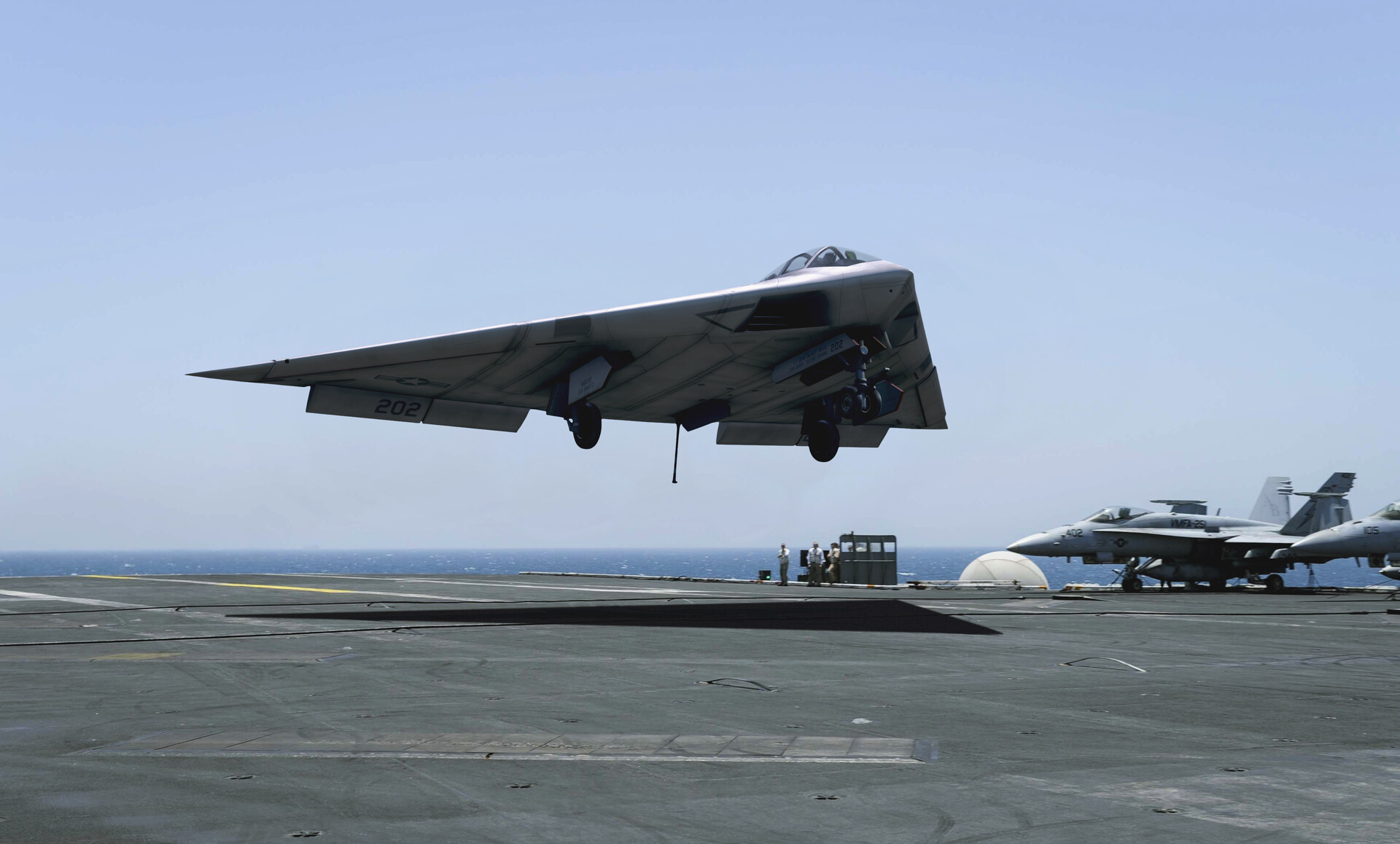
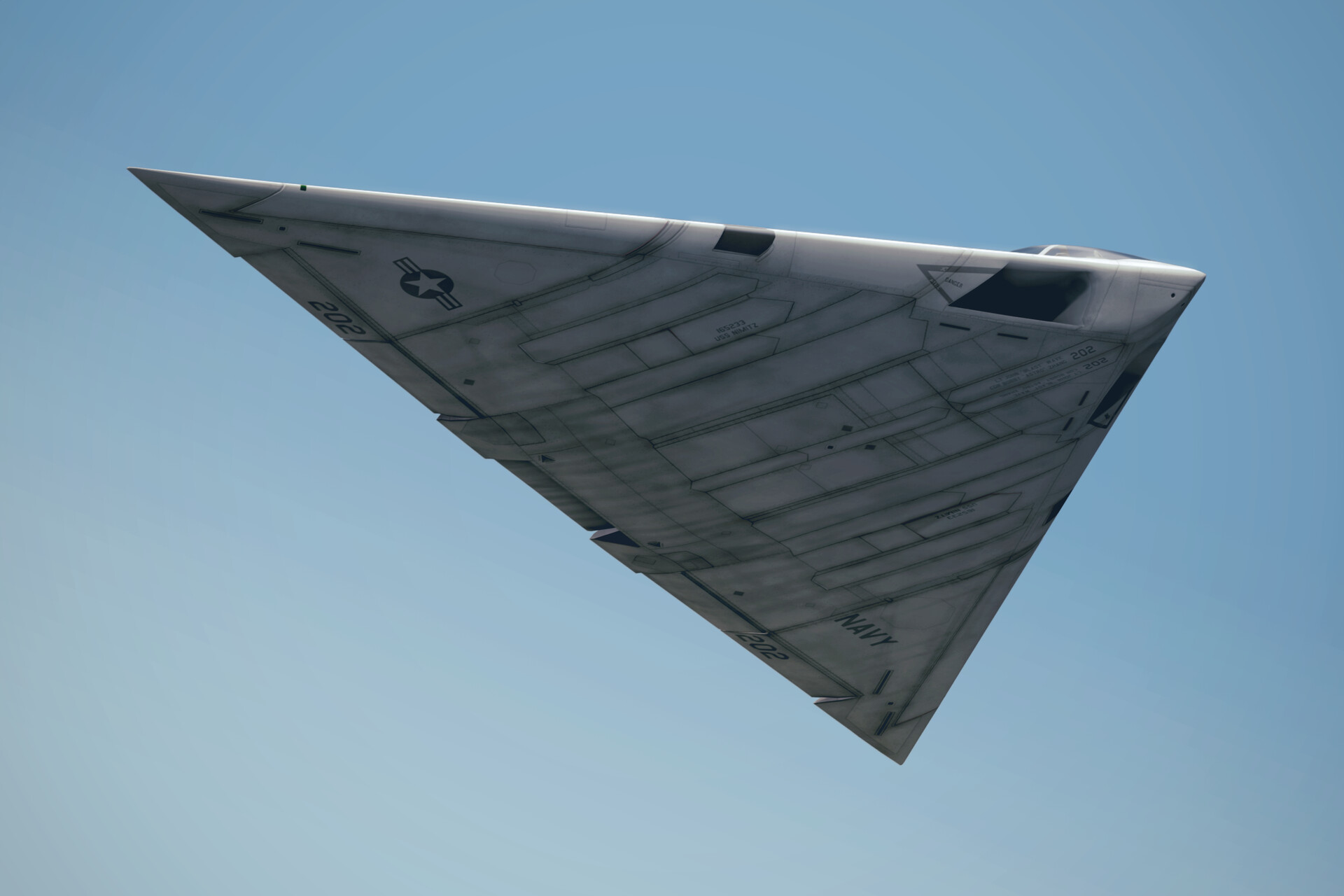
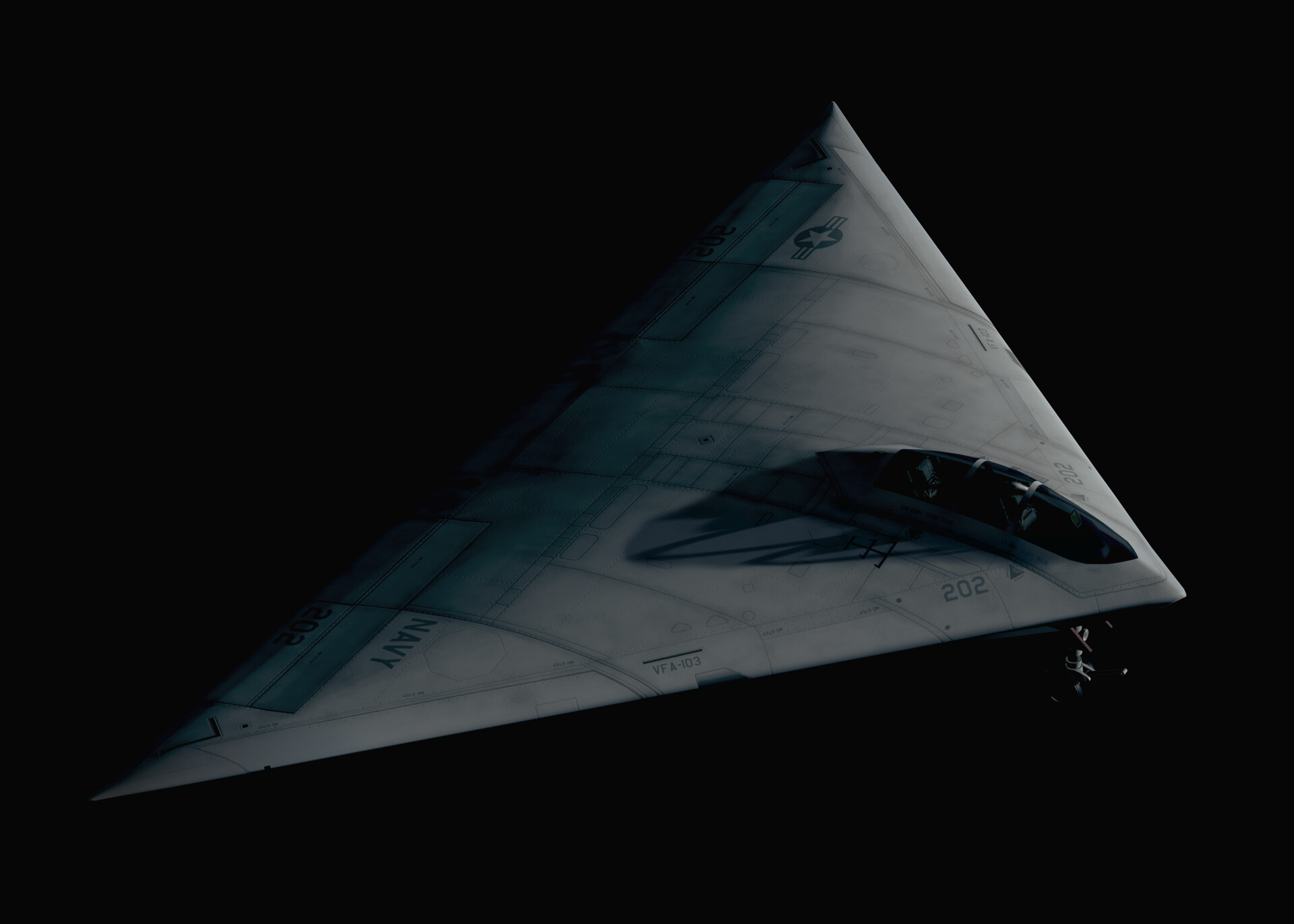
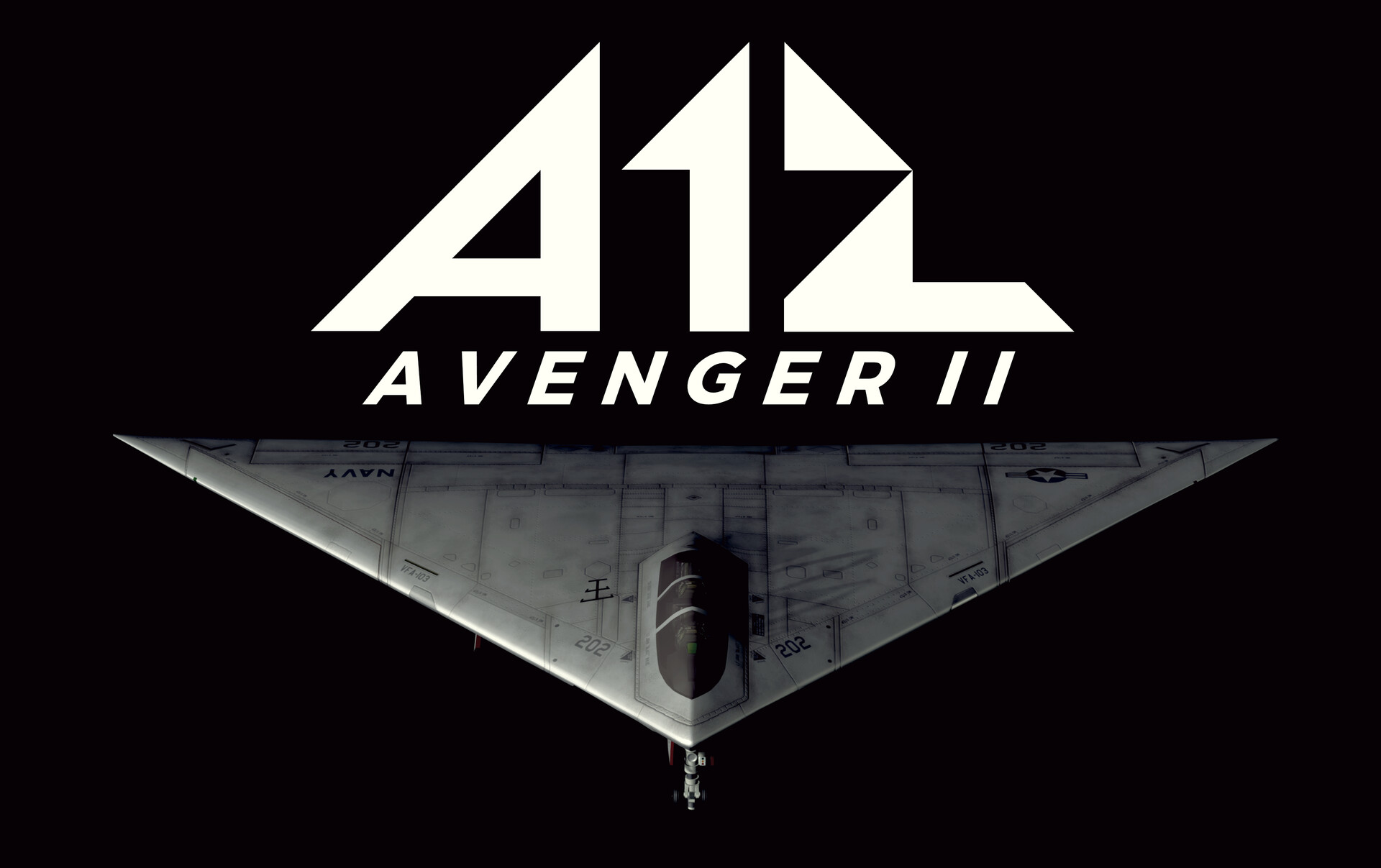
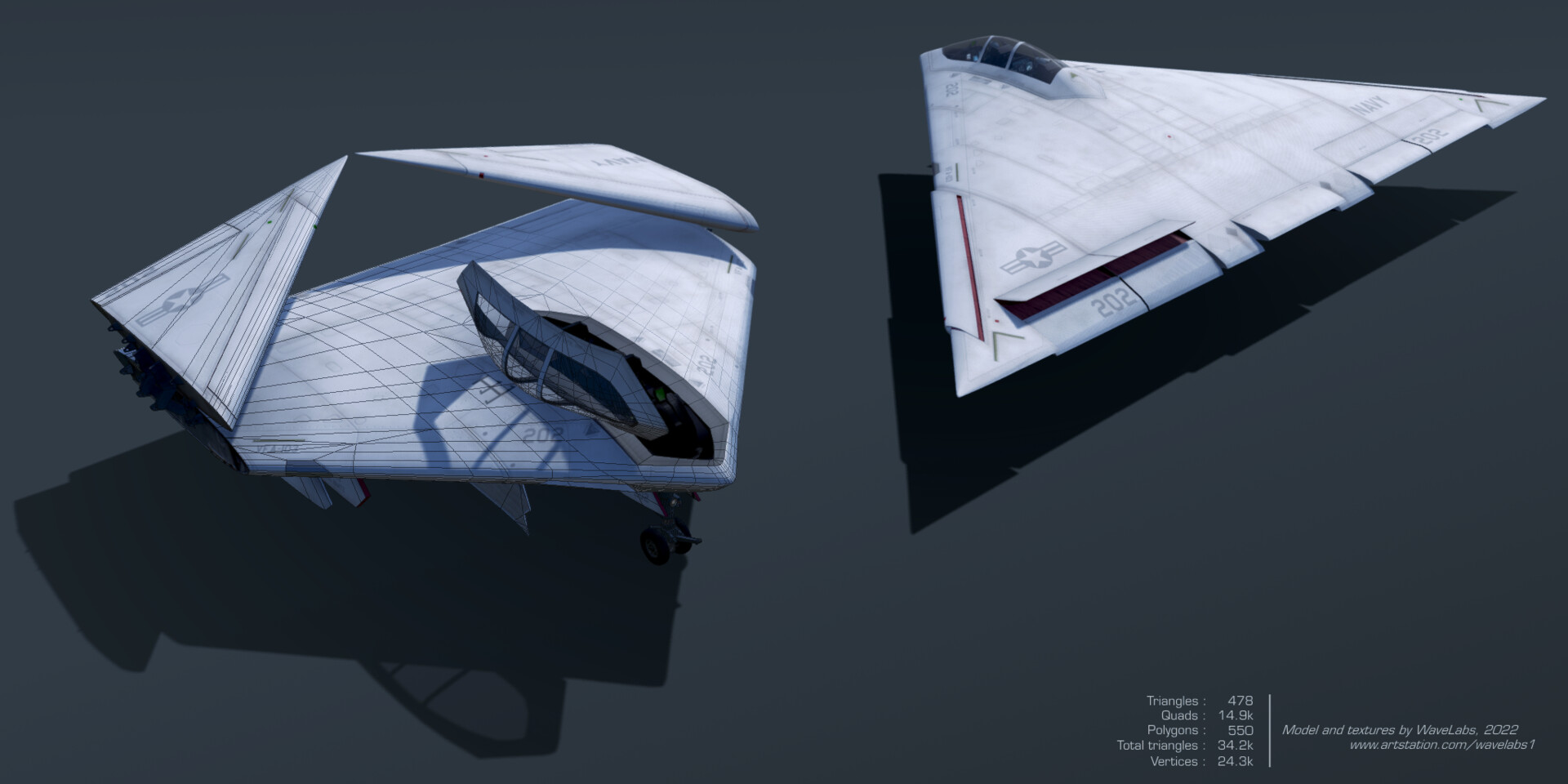
All models and renderings of the A-12 depict it in a light gray US Navy livery, but as this is a 3D model I decided it would be fun to see what such a plane would have looked like in European One camouflage seeing as the F-117 and Have Blue had camouflage liveries.
